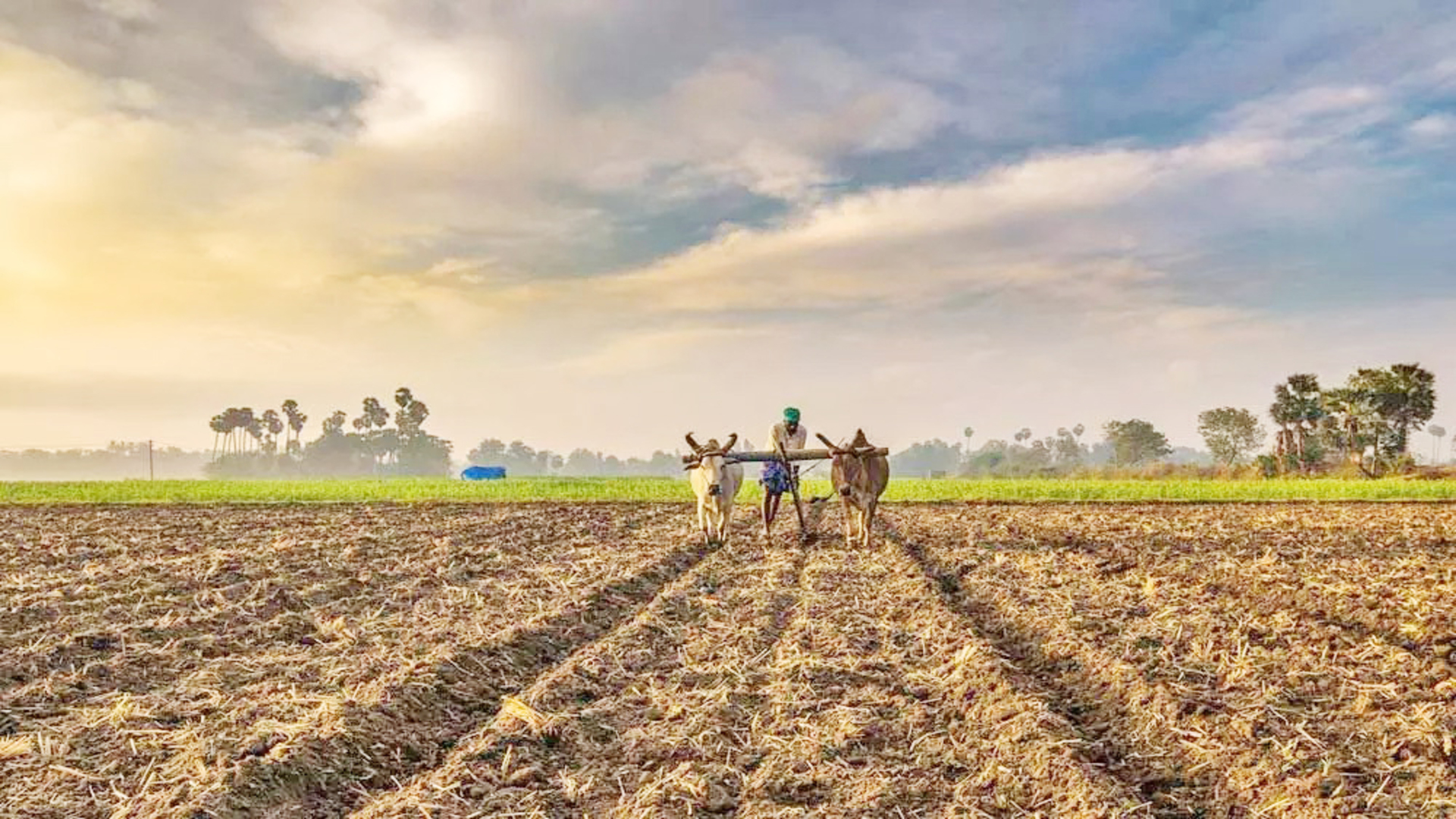
The economy of Rajasthan mainly depends on agriculture and animal husbandry, and our state is mainly an agriculture and animal husbandry based state. Despite short and irregular rainfall, almost all types of crops are grown here. Millet is mainly grown in the desert area, jowar in Kota and maize in Udaipur. There is a good expansion of wheat and barley in the state (except in the desert areas). Same is the case with pulses (edible legumes like peas, beans and lentils) and oilseeds. Improved varieties of rice have also started being grown here. The total area of this crop has increased in the areas of ‘Chambal Valley’ and ‘Indira Gandhi Canal Projects’. Cotton and tobacco are the major cash crops. Although most of the area here is arid or semi-arid, yet Rajasthan has a large number of domesticated animals and Rajasthan is the largest wool producing state. Rajasthan has a monopoly on camels and various breeds of animals of dry areas. Due to extremely dry land, Rajasthan needs irrigation on a large scale. Apart from rainfed farming in the state, water from Indira Gandhi Canal and Narmada Canal is used for irrigation. The desert of western Rajasthan is irrigated by these canals. It is said about the economy of Rajasthan that it completely depends on agriculture and in this situation the importance of animal husbandry increases even more.
The importance of livestock in Rajasthan can be seen from the following facts-
Contribution to the state’s GDP – Livestock contributes about 10% to the state’s GDP.
Is the percentage.
Poverty alleviation – The importance of animal husbandry has also been accepted in the poverty alleviation programme. In the Integrated Rural Development Programme, an attempt was made to increase the income of poor families by giving them milch animals. But for this, proper arrangements for fodder and water have to be made and sales facilities also have to be provided to the beneficiary families.
Employment Generation – There are possibilities of high income and employment in animal husbandry. Income can be increased by increasing the productivity of animals. In the arid and semi-arid parts of the state, some families do animal husbandry in large numbers and this work has been going on traditionally. In these areas, a high proportion of net domestic production is generated from animal husbandry. Therefore, the desert economy is basically animal-based.
Dairy Development – By connecting rural milk production with urban consumers with the help of livestock, milk requirement of urban areas is supplied and livelihood of rural areas is arranged.
A significant portion of the economy of Rajasthan is agrarian. The agricultural sector of the state accounts for 22.5 per cent. The arid state which receives not more than an annual income of 25 cm thrives on agriculture that is done with irrigation systems and painstaking efforts of the poor farmers of Rajasthan. As a major portion of the state is parched and infertile, agriculture becomes very difficult. But with advancement of technology and latest farming techniques support of government Rajasthan’s economy is constantly growing and helping the farmers to use technology, innovation and get more yield. This is how with the prosperity of the farmers the state is also growing.